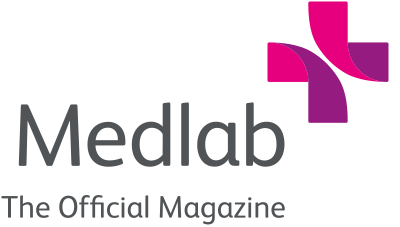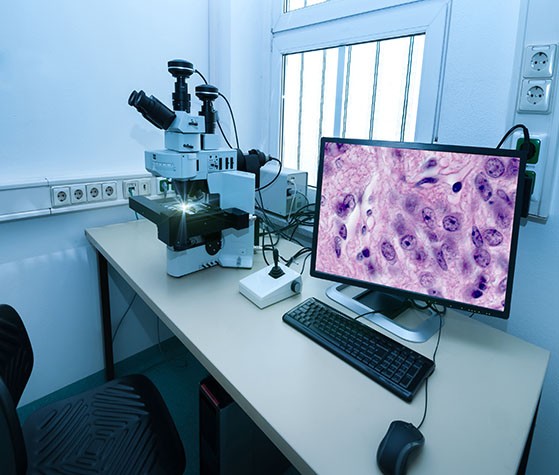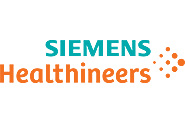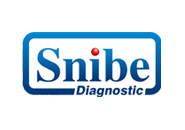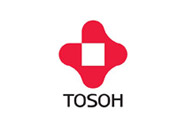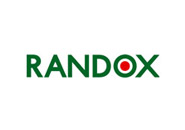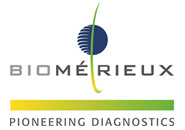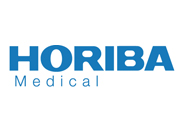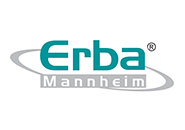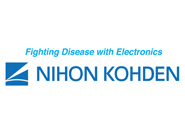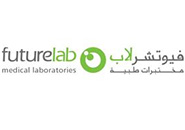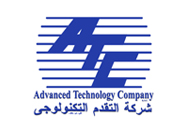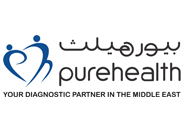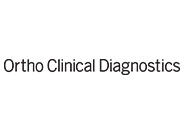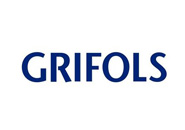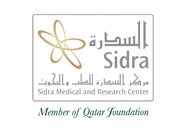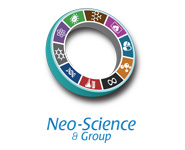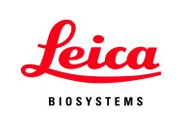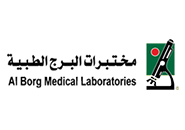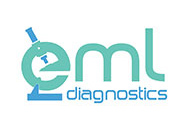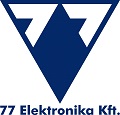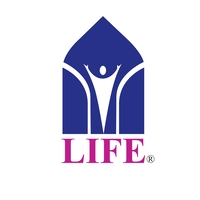Bridging the distance between pathologists via digital pathology
By Essam Ayad, Professor of Pathology & Director of the Digital Pathology Unit, Cairo University
Telepathology, or the practice of pathology at long distance that calls for viewing images on a monitor rather than directly through a light microscope, has advanced progressively since 1960. The progress of telepathology passed through four stages: Static, Dynamic, Hybrid & Whole Slide Imaging [WSI]. Both conventional and innovative surgical pathology diagnostic services are being designed and implemented as well.
The trial for applying telepathology systems in the Middle East began in 1994 in the UAE and Saudi Arabia followed by another trial in Kuwait and Jordan in 1999 using the static telepathology technologies. However, both these trials were markedly limited. Egypt commenced its successful practical experiences in telepathology in 2002. The Egyptian trial applied the static and dynamic techniques in a pilot project between the Italian Hospital in Cairo (NPO) and the Civico Hospital in Palermo. This project began in 2003 and is continuing even now.
In 2004, Ospedale S. Giovanni e Paolo Hospital in Venice, Charing Cross Hospital in London and University of Pittsburgh Medical Center Health System (UPMC) in the U.S. joined as active participants in the telepathology project.
During the period from 2003 till 2008, we consulted on many problematic pathological cases with these different specialised pathological centres in Italy, UK and U.S. We concluded from our experience that telepathology is a very useful and applicable tool for additional consulting on difficult pathological cases especially for emerging countries with limited resources. In the light of this success, we established our Digital Pathology Unit (DPU) in the pathology department, Cairo University in 2010. The benefits we expected and have achieved from the introduction of this telepathology unit are clear: better medical service, more distributed specialisation, savings in time and money, increased knowledge exchange provides strong basis for improved teaching and learning practices.
The application of WSI technique in teaching [for under- and post-graduate candidates] was greatly successful and encouraged us to create a huge digital pathology library which will expand our Digital Pathology and E-learning programmes to cover our staff and students both in Egypt and in the longer term, in the wider Eastern Mediterranean. Furthermore, we successfully used the WSI technique in telepathology for consultation on several cases through a cooperation programme between the Histopathology Departments of Cairo University and St James University, Leeds, UK.
Today, we are in the process of establishing a network between different cancer centres throughout Egypt with a central digital pathology lab - The Egyptian National Project of Digital Pathology. At this central lab, a large number of senior pathologists in different pathology subspecialties will be responsible for primary and secondary diagnosis for the cases sent from remote cancer centers.
We are also trying to build an intranet between Egypt and other Arab countries to support their pathology units. We are in communication with pathology centres in the Middle East to create a digital pathology network for exchanging best practices in telepathology and also aiming to support the units that have an insufficient number of pathologists.
We have concluded from our experience that digital pathology is a very useful and applicable tool for additional consulting on difficult pathological cases especially for emerging countries. It has significantly increased knowledge exchange and thereby ensured our patients a better medical service, while simultaneously saving a lot of time and money over the previous practice. The application of WSI technique in teaching is highly successful and encouraging to create a digital pathology library. Digital pathology can be considered the golden solution to bridge the distance between pathologists worldwide.
References available on request.
